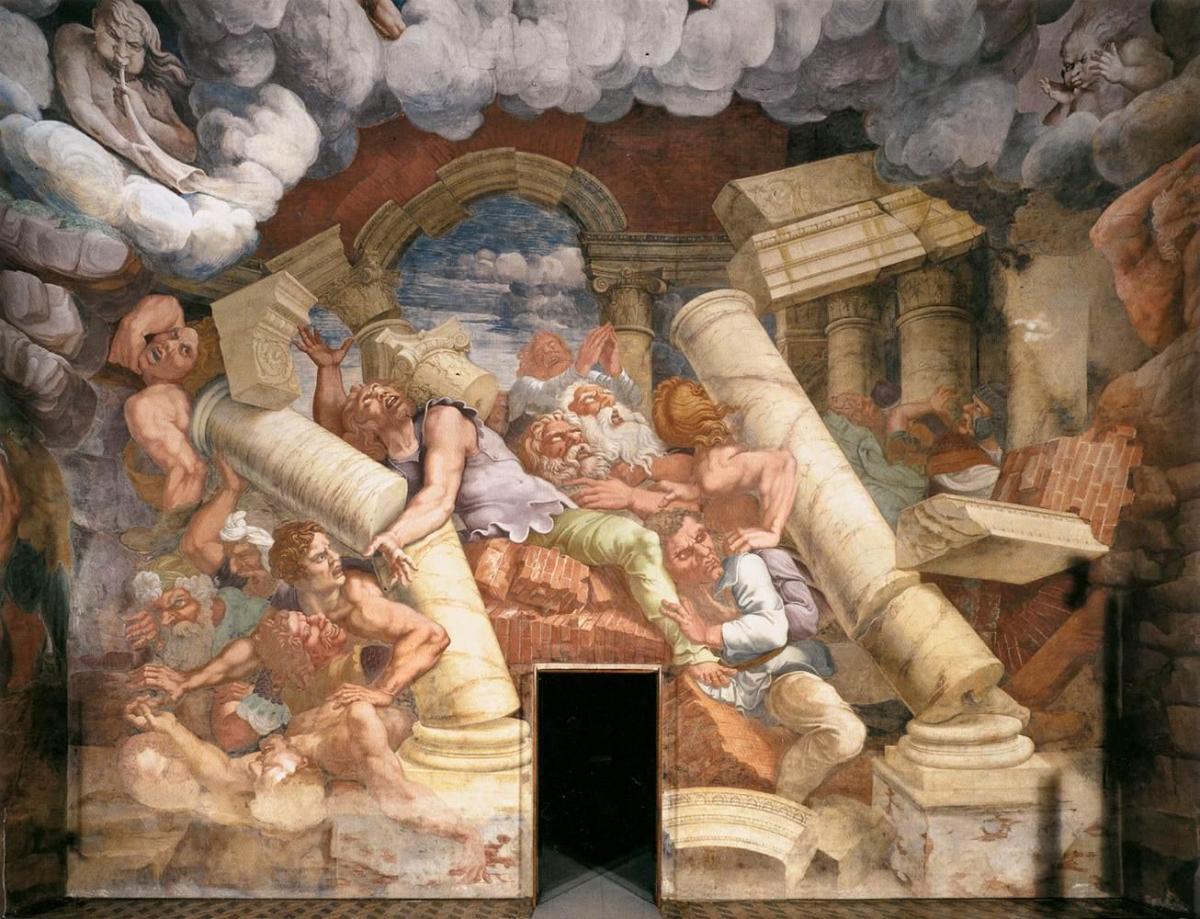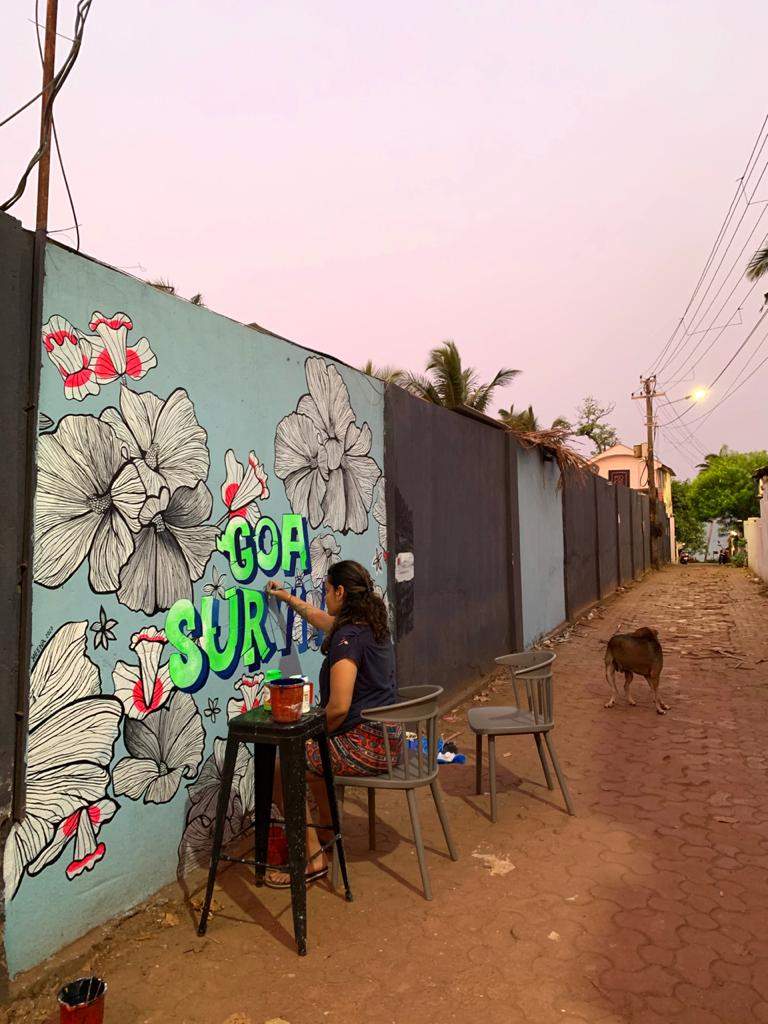Goa, the smallest state area wise is located in the Konkan region of India. Being a former Portuguese province, its cultural influence is a blend of Portugal art and tradition along with Hindu, Christian and Islamic influences. Goa is considered a bridge between the East and the West and its rich and unique blend of art, music and architecture has made it a very famous tourist spot frequented by people from all over the world.
Due to the reign of different empires the art form of Goa does not have a unique identity as it is a blend of various cultures. There are three kinds of paintings in Goa. Paintings that existed in religious houses like churches and temples, paintings on the walls of houses and paintings based on rituals.

Wall paintings :
Walls were painted lavishly to indicate the status of the residents. The subjects of these paintings were birds and animals, social scenes, festivals and heroic deeds of men. The paintings in temples were usually based on stories of devotion and sacrifice from the epics Ramayana and Mahabharata. They were categorised into three segments-
1. Paintings on plastered walls – These paintings were painted with a mixture of colour powder along with vegetable dyes and lead based pigments.

2. Fresco Buono technique – This European technique of painting consists of lime coat thoroughly mixed with marble dust to prevent the colours going dull or peeling off. Before the coat is dry, the painting is completed.






No comments:
Post a Comment